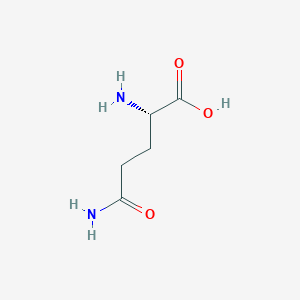Producing a high-quality flower seedling matrix is essential for successful plant growth. The organic components in the matrix play a crucial role in creating an optimal environment for seedlings, making them a fundamental part of the mix. However, these organic materials must be properly fermented before they can be safely used. Using microbial fermentation agents to prepare nutrient-rich substrates offers several advantages:
1. Elimination of harmful pathogens. Traditional composting methods often leave behind bacteria, eggs, and other contaminants that can lead to infections in young plants. With the use of a goldfish starter, the fermentation process reaches temperatures above 60°C for several days, effectively killing off harmful microorganisms, pests, and diseases.
2. Prevention of root burn. Naturally fermented substrates are often incomplete, leading to issues like stickiness, odor, and poor hygiene, which can damage or even kill seedlings. In contrast, substrates treated with the Kinpo Matrix Fermentation Assistant are fully decomposed, ensuring no risk of root burn and maintaining consistent seedling quality.
3. Improved nutrient retention. During natural fermentation, many nutrients like nitrogen, phosphorus, and potassium are lost, with only about 50-60% being absorbed by plants. With the goldfish fermentation agent, this absorption rate can reach up to 95%, maximizing the nutritional value of the matrix.
4. Time efficiency. Traditional composting can take months or even years to complete. Using the goldfish starter, the same process can be done in just 4 to 7 days, significantly speeding up production.
5. Cost-effectiveness. Some may argue that using a biological starter is not economical, but when you consider the long-term benefits, it’s a smart investment. For example, one kilogram of the goldfish starter costs around 50 yuan (about $7) and can ferment up to 1 ton of dry organic material. If you use unfermented manure directly, it can cause serious problems like root burn and disease, leading to higher losses and increased pesticide use. These costs can easily outweigh the initial investment in the starter. Plus, the time saved makes the process much more efficient overall.
In summary, using microbial fermentation agents not only improves the safety and quality of the matrix but also enhances productivity and cost-efficiency in the long run. It's a smart choice for anyone involved in growing healthy, strong seedlings.
L-Glutamine Basic Information
Description References
Product Name: L-Glutamine
CAS: 56-85-9
MF: C5H10N2O3
MW: 146.14
EINECS: 200-292-1
Mol File: 56-85-9.mol
L-Glutamine Structure

Melting point 185 °C (dec.)(lit.)
alpha 32.25 º (c=10, 2 N HCl)
Boiling point 265.74°C (rough estimate)
density 1.47 g/cm3 (20℃)
refractive index 6.8 ° (C=4, H2O)
Fp 185°C
storage temp. −20°C
solubility H2O: 25 mg/mL
pka 2.17(at 25℃)
form solution
color White
PH 5.0-6.0 (25℃, 0.1M in H2O)
Water Solubility Soluble in water, dimethyl sulfoxide and ethanol. Insoluble in methanol, ether, benzene, acetone, ethyl acetate and chloroform.
Decomposition 185 ºC
L-Glutamine,Uses For L-Glutamine,L-Glutamine Benefits,L-Glutamine Powder,L-Glutamine In Food
Shandong YingLang Chemical Co.,Ltd , https://www.sdylhgtrade.com